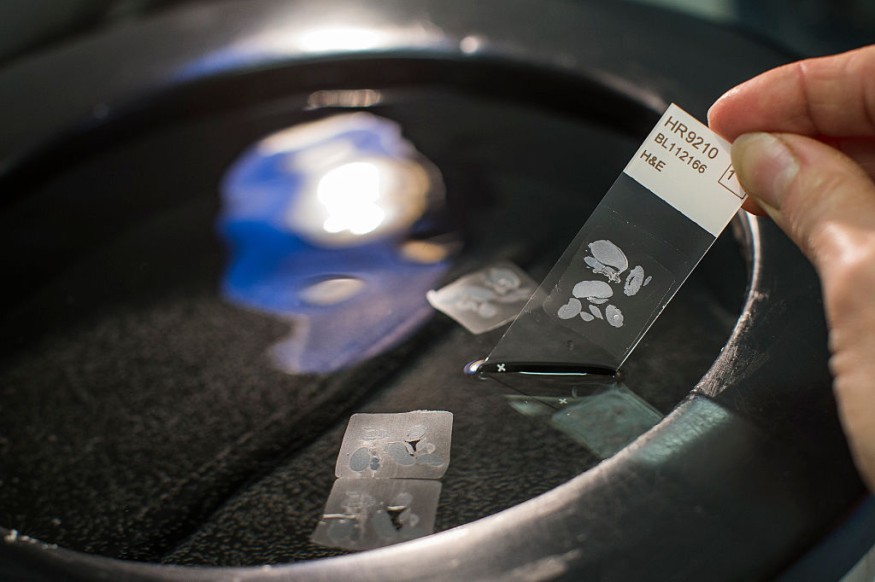A hematopoietic cell is found to persist and cause leukemia remission among some patients. In a new study, scientists performed hematopoietic cell transplantation (HTC) in patients with leukemia. The HTC acted like a natural killer cell, highlighting a potential cure for leukemia in the future.
The study showed that a combination of methods involving the hematopoietic cell yielded a leukemia remission since the cell temporarily persisted once inside the body. With this, an integration of both hematopoietic and natural killer cells may bring answers to the challenges associated with leukemia.
Hematopoietic Cell

In a new study published in the journal Science Translational Medicine on Wednesday, Feb. 23, scientists conducted the HTC on patients with leukemia-with the majority of patients slightly recovering.
Significant results indicated there was a leukemia remission when the hematopoietic cell entered the patients' body, just like a natural killer cell's function.
The hematopoietic cell temporarily persisted and reduced leukemia when it was transmitted to the patients.
The discovery is important since the study acknowledged that natural killer cell-based therapies are faced with the challenge of ensuring that the cells last and function longer in order to cure leukemia.
Also read: New Leukemia Drug Shows Promising Results
Natural Killer Cell
According to the United States National Cancer Institute (NIH), natural killer cells, also called NK cells, are a type of immune cell and white blood cell inside that can kill cells infected with a virus. NK cells can also kill cancer cells. However, it is not always the case since some cancer cells are well-protected.
NK cells also produce cytokines which are small proteins essential to the development and activity of blood cells and other immune system cells, according to the American Cancer Society.
In summary, the cytokines dictate the immune system on what to do, especially when foreign cells are detected.
However, the study mentioned NK cell-based therapies in the past is struggling in curing leukemia since broken NK cells are unable to persist longer and perform their function to eliminate cancer or kill leukemia.
Finding a New Method
By still using the NK cell as its main foundation, the scientists of the study created cytokine-induced memory-like NK, also called ML NK, along with the HTC process mentioned earlier. The scientists suggest that the ML NK and HTC are crucial components for a future cure for leukemia.
Leukemia
Leukemia is a type of cancer concerning white blood cells and bones. Unlike red blood cells, whose primary function is to transfer oxygen throughout the body, the white blood cells eliminate infection and pathogens like bacteria and viruses once inside the body.
According to the Cleveland Clinic organization, leukemia affects the natural processes of white blood cells by causing their rapid production and abnormal growth.
Leukemia also starts when a DNA of a cell inside the bone marrow mutates. Eventually, this will produce leukemia cells and may spread throughout the body.
In light of the new study after the developments made concerning the hematopoietic cell and leukemia remission-a modern yet better approach towards how we look at leukemia may lead to a potential cure in the coming years.
Related article: Genetic Mutations in Womb that Lead to Childhood Leukemia Found
© 2025 NatureWorldNews.com All rights reserved. Do not reproduce without permission.





